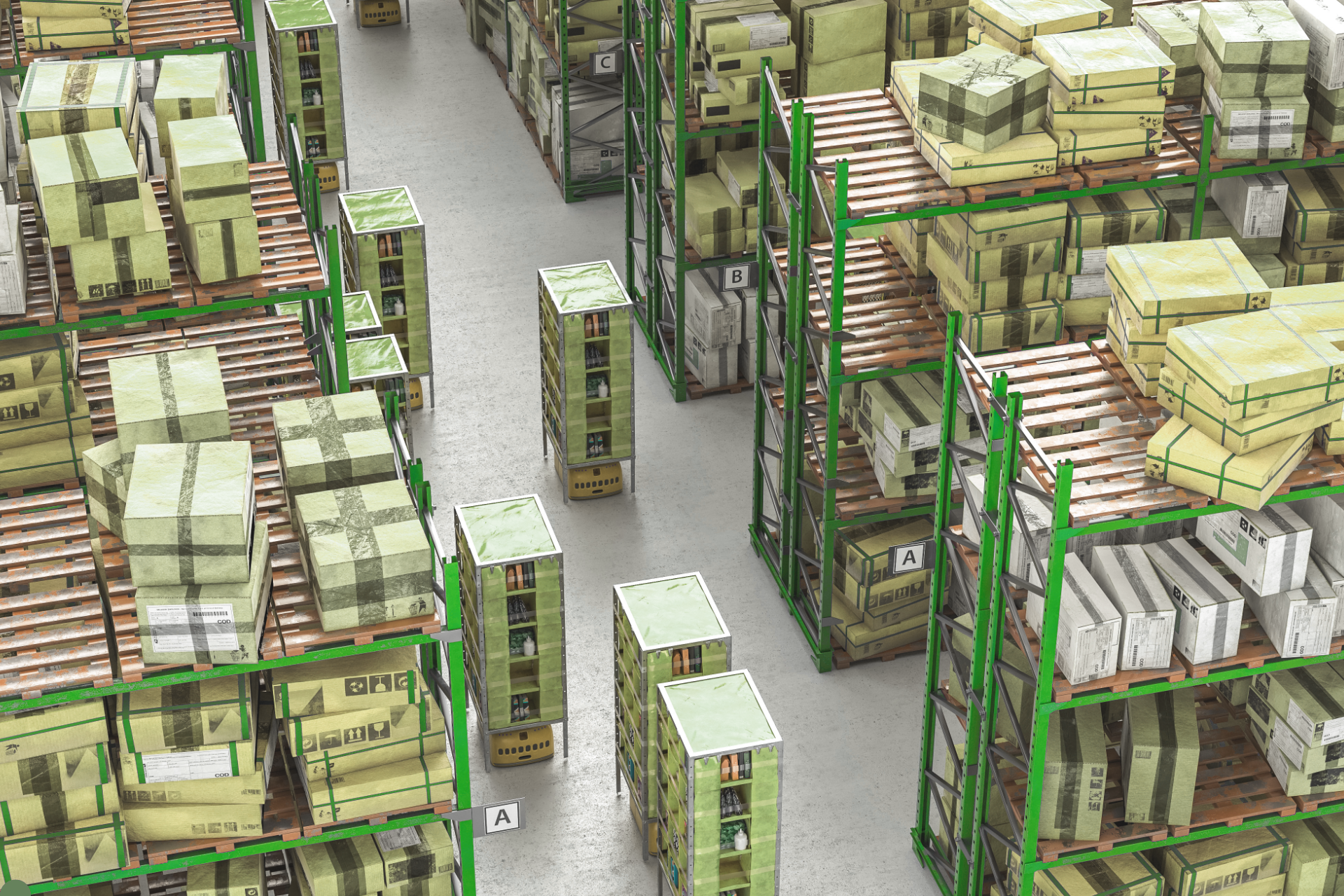
25 Oct Understanding the Differences Between Warehouse and Inventory Management
For many businesses in the Philippines, inventory management and warehouse management often seem like two sides of the same coin. But here’s the twist: while they are interrelated, they serve unique functions that can either make or break your operations.
Understanding these differences is essential for driving efficiency and growth, especially in today’s competitive market. So, let’s dive in and discover what sets them apart—your business deserves clarity!
Inventory Management in the Philippines
Inventory management is the process of overseeing and controlling stock levels, purchasing trends, and sales data to ensure the right products are available at the right time. For businesses in the Philippines, managing inventory can be a challenge due to regional distribution differences, unpredictable supply chains, and the changing demand across urban and rural areas.
Having a solid inventory management strategy means avoiding stockouts, minimizing overstock, and keeping customers happy by meeting demand efficiently.
Here are some key roles that are crucial in successful inventory management:
- Inventory Control Manager: They monitor stock levels, set reorder points, and ensure the accuracy of inventory data. Their keen oversight helps prevent stockouts and excess inventory.
- Inventory Staff: The backbone of daily operations, these team members handle everything from receiving incoming goods to stocking shelves and conducting regular stock audits.
- Inventory Specialist: Specializing in tracking inventory levels and managing databases, these professionals often work closely with the warehouse team to accurately forecast inventory needs. Their expertise ensures that the right products are available when demand strikes.
Is inventory management the same as warehouse management?
Here’s where many businesses get tripped up. While inventory management focuses on keeping track of what’s in stock and when to reorder, warehouse management handles the logistics of where that stock is physically located and how it’s moved around.
Think of it like this: Inventory management is the brain, keeping tabs on stock levels, order fulfillment, and forecasting future needs, while warehouse management is the muscle, ensuring that the products are stored efficiently, picked accurately, and shipped on time.
Is inventory management part of a Warehouse Management System (WMS)?
Yes and no. A WMS streamlines warehouse operations, but some systems do include inventory management features. For example, tools like NetSuite combine both, helping you manage both stock and movement in one system. But typically, inventory management systems (IMS) and WMS work in tandem but serve distinct purposes.

4 Key Differences Between Inventory Management vs. Warehouse Management
Here’s a quick rundown of how these two operations differ, side by side:
| Inventory Management | Warehouse Management |
| Tracks stock levels and order quantities | Manages the physical storage of goods |
| Focuses on stock forecasting and reorder | Oversees picking, packing, and shipping |
| Provides insight into product trends | Optimizes warehouse layout |
| Manages purchasing, sales data | Ensures efficient movement within warehouse |
The goal here is to understand that inventory management is more about what products you have and when to order them, while warehouse management is concerned with where products are and how they move.
The Role of Inventory Management and Warehousing in Business
Why is it important for businesses in the Philippines to understand these two areas?
Because efficient inventory and warehouse management work hand in hand to improve overall operations. Poor inventory management leads to lost sales, while a disorganized warehouse delays deliveries and leads to errors in shipping.
For example, if your inventory system tells you that you have 100 units of a product, but your warehouse team can’t locate them due to a lack of proper shelving or disorganized storage, you’ve got a bottleneck. The two must work in harmony to ensure products are available, located quickly, and shipped without delays.
Harnessing Technology in Inventory and Warehouse Management

Today’s businesses rely heavily on technology to simplify operations, and this is especially true for inventory and warehouse management. Implementing an Inventory Management System (IMS) or a Warehouse Management System (WMS) can significantly transform your operations. Here’s how:
- Real-Time Stock Tracking: Real-time tracking lets you monitor what’s in stock, what’s about to run out, and what’s on order—all at a glance.
- Barcode Scanning: By assigning barcodes to your products, you can quickly and accurately record the movement of goods as they enter or leave the warehouse. This reduces manual data entry errors and speeds up operations.
- Automated Reordering: This lets you monitor stock levels and automatically generate purchase orders when items reach a predetermined threshold.
Making the Right Choice for Your Business
While inventory and warehouse management are often confused, they serve distinct roles in your business. Understanding the difference will not only improve your operations but also increase efficiency, save money, and boost customer satisfaction.
Now’s the time to evaluate your systems. Are you using the right tools? Can your operations benefit from better software that integrates both inventory and warehouse management? The right choice could make all the difference in how you manage your business.
Ready to take charge of your inventory and warehouse operations?
Direc Business Technologies, Inc. provides tailored solutions that empower your business to streamline operations, cut costs, and boost productivity.
Our in-house Warehouse Management Software (WMS) addresses the unique challenges faced by companies in the Philippines. Through real-time inventory tracking and customizable reporting, you can enhance efficiency, minimize errors, and ensure the right products are always on hand.

